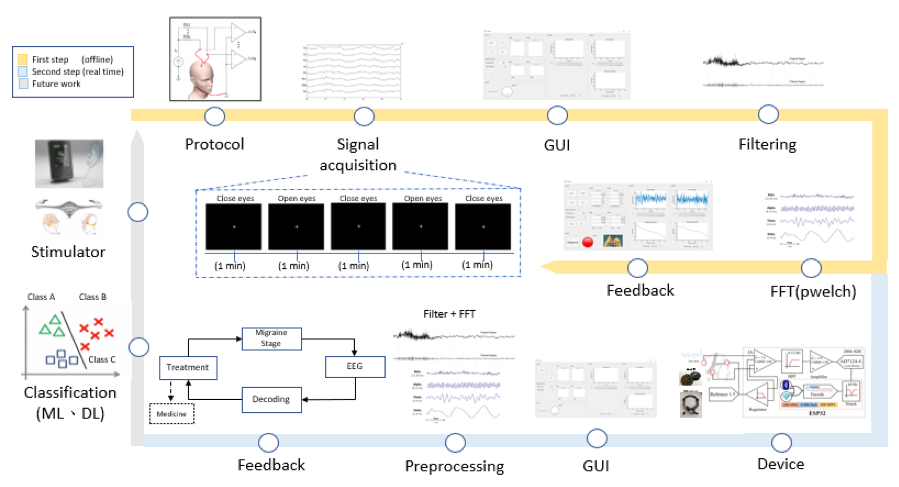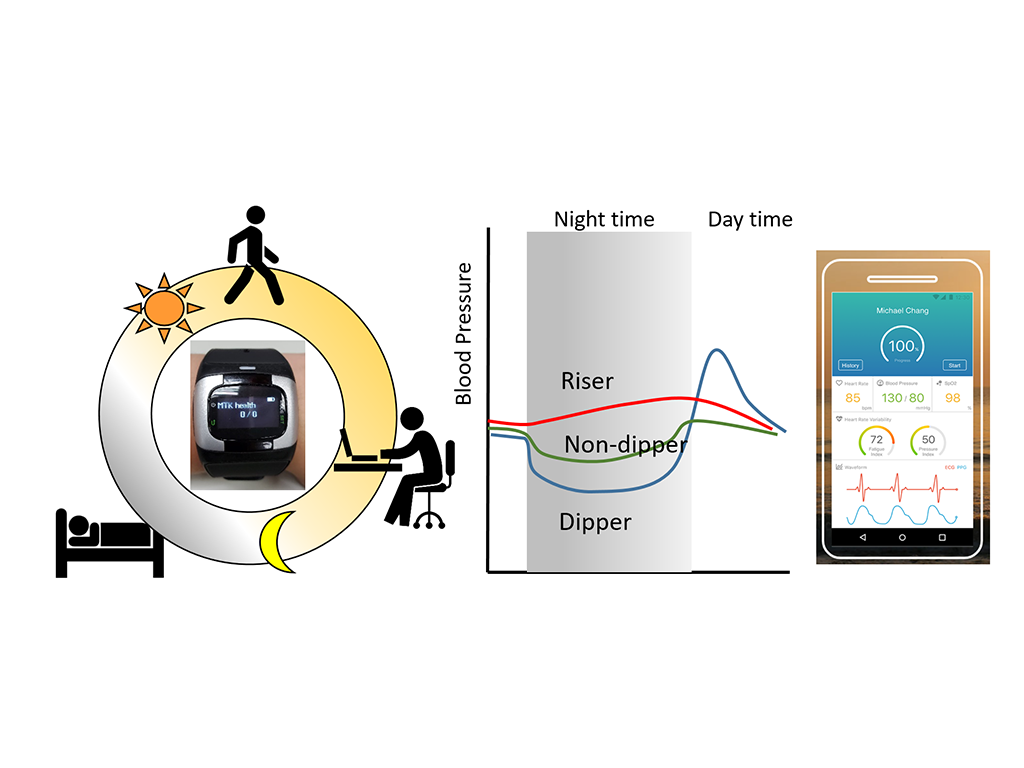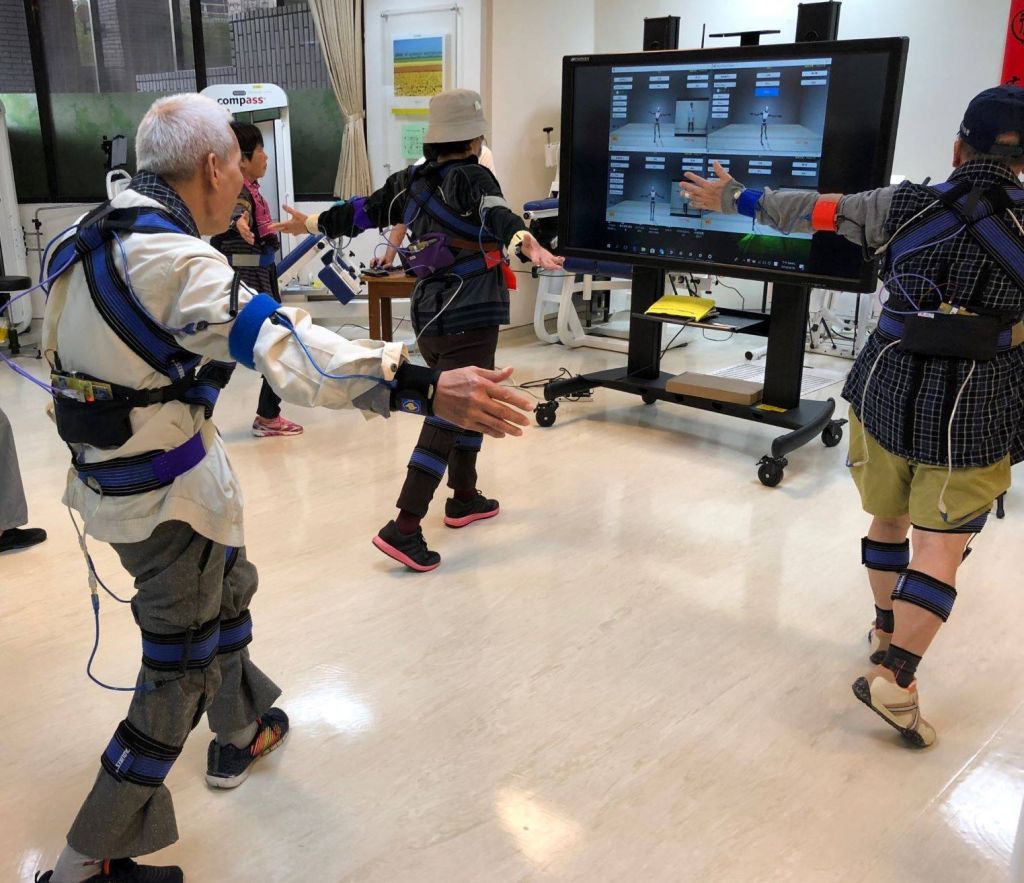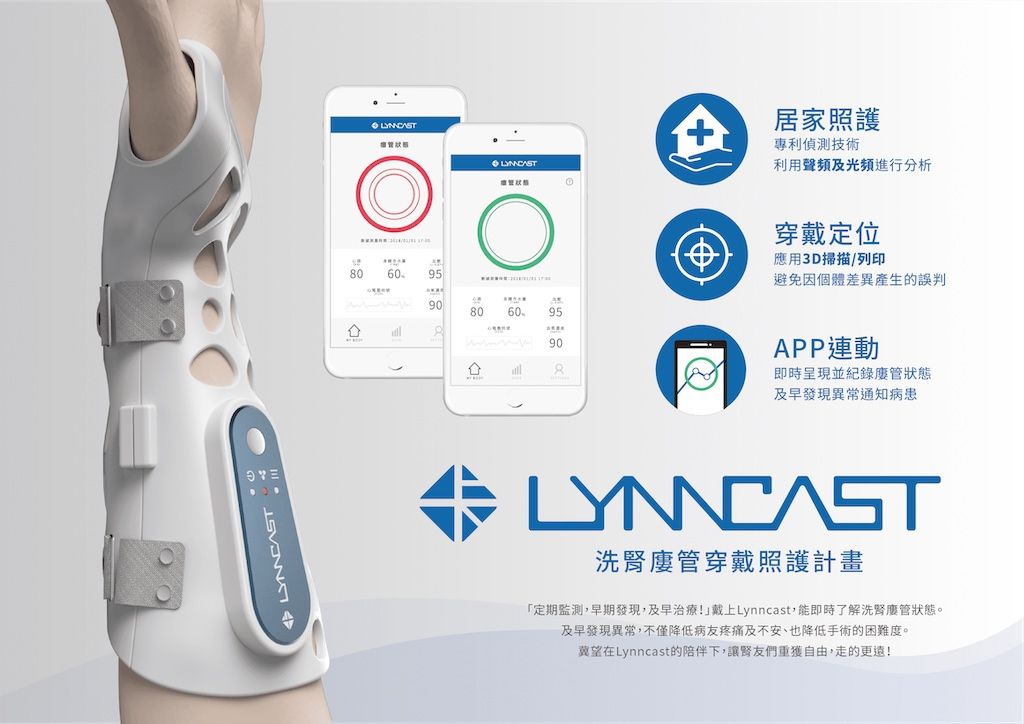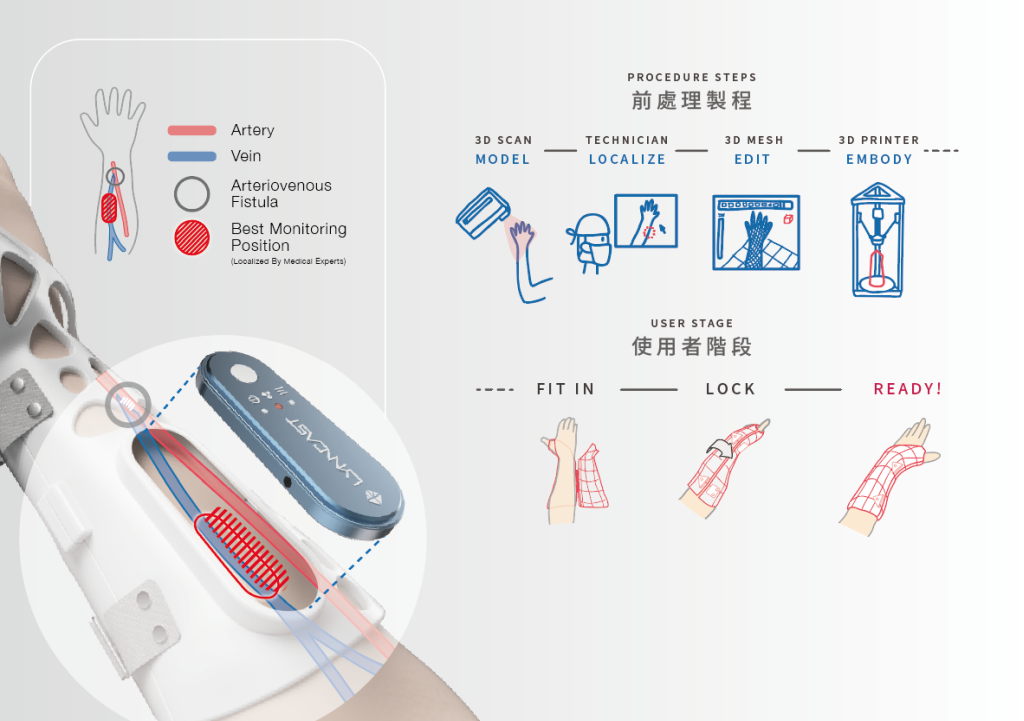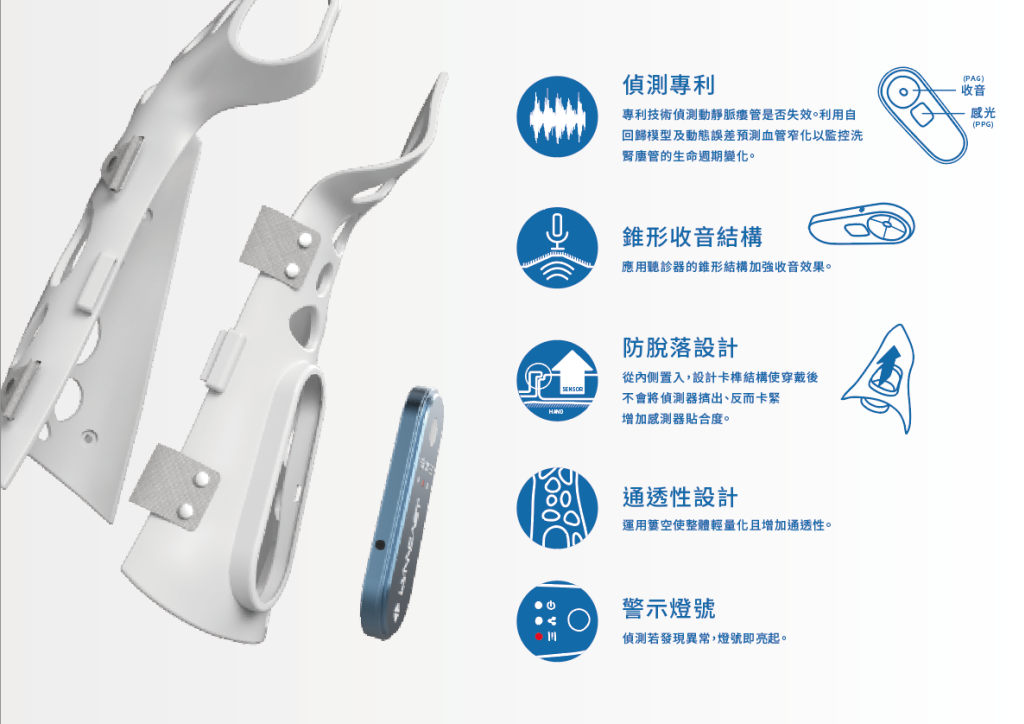| Technical Name | Applying multi-sensor wearable 3D-printed medical devices to hemodialysis patient care | ||
|---|---|---|---|
| Project Operator | National Cheng Kung University | ||
| Project Host | 甘宗旦 | ||
| Summary | Early detection of AVA stenosis becomes an important issue in these years. By applying wearable multi-sensor 3DP device to dialysis patient care, not only can we early detect the AVA dysfunction, we could also provide a better solution of hemodialysis victims. With PPG and PAG sensors, the concept of holistic hemodialysis patient care might be proved. |
||
| Scientific Breakthrough | In this study, we take advantages of the characteristics of 3DP wearable device to concoct the prediction of AV access stenosis. Fenestration 3D models and textures are personalized for patients’ comfortableness with one unique socket reserved for the dual-patented sensor based on PPG and PAG, who’s unique position will be pre-defined by the doctors or technicians for vascular flow detection. |
||
| Industrial Applicability | The ever-increasing incidence of end-stage renal disease (ESRD) already becomes the major burden to health budgets and a threat to public health in Taiwan nationwide. By using on-demand, multi-sensor wearable 3D printed medical devices, not only can we early detect the arteriovenous access dysfunction, moreover, we could offer a better solution for holistic hemodialysis patient care. |
||
| Keyword | Arteriovenous occlusion model in renal patients 3D-printed customized wearable medical devices hemodialysis patient's live and access the holisti emodialysis patient's live and access the holisti Medical wisdom sensor Phonoangiography(PAG) Photoplethysmography (PPG) Hemodialysis patient arteriovenous access | ||
- lynnchen.k@gmail.com
other people also saw


